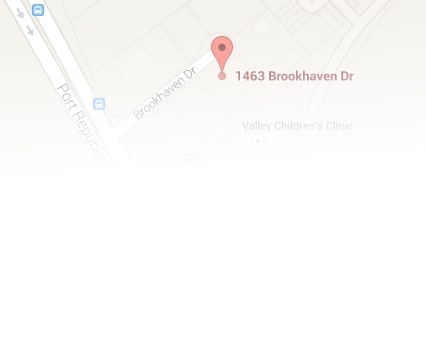Consumers who use prescription and over-the-counter medication may become injured by the medication if drug manufacturers do not warn consumers about the drug’s potential dangers, if they label the drug improperly, or if they do not adequately test the drug’s safety. The drug also may have been tainted during manufacturing or its side effects may simply outweigh its benefits. Consumers who are injured by a dangerous drug may be able to sue the drug manufacturer for their injuries. For example, the manufacturers of many HIV medications are facing lawsuits for dangerous side effects that harm users’ kidneys and bones.
Even though many plaintiffs will have been injured in the same or similar manner by a defective drug, most dangerous drug lawsuits are not brought as class action lawsuits. All of the plaintiffs’ claims will typically be consolidated into one case, called a mass tort. In a mass tort, each plaintiff’s lawsuit is filed individually, instead of filing one case on behalf of all plaintiffs, as is done in a class action. Courts then consolidate the individual cases together to be heard in one court. The court will usually appoint a group of lawyers from several firms to handle the case for the plaintiffs.
Who Can Be Held Liable in a Dangerous Drug Lawsuit?
Defective drug lawsuits are product liability cases and can be brought under a negligence theory or a strict liability theory. Plaintiffs may sue for design defect, manufacturing defect, or warning defect. A drug may have a manufacturing defect if it was contaminated or diluted during the manufacturing process, rendering it dangerous for use by consumers. A drug might have a design defect if it causes dangerous side effects. The drug may have been manufactured correctly, but its risks outweigh its potential benefits and cause harm to consumers. A warning defect, or “failure to warn,” occurs when the drug’s labeling does not adequately convey its potential risks to consumers or does not properly instruct the patient on how to use the drug, leading to harm to consumers.
Possible defendants include the drug manufacturer, as well as the testing laboratory, the pharmacy that filled their prescription if the pharmacist counseled the patient before taking the drug, and the doctor who prescribed the medication if they failed to warn the patient of the drug’s potential side effects or if they did not instruct the patient on how to safely use the drug.
For a legal consultation with a personal injury lawyer, call (434) 817-3100
Evidence in a Dangerous Drug Lawsuit
Dangerous drug litigation is more complicated than traditional personal injury cases because testimony from specialists and medical professionals is necessary to prove the plaintiffs’ claims that the drug manufacturers are responsible for their injuries. This differs from a personal injury case stemming from a car accident because, in the case of the car accident, it will be relatively easy to prove that the defendant driver caused the plaintiff’s injuries if they ran a red light or broke some other traffic law and hit the plaintiff. In defective drug cases, however, the plaintiffs will need testimony from a medical professional to help prove that the defendant’s drug scientifically caused their injuries.
The drug manufacturers will also present expert testimony to discredit the plaintiffs’ expert testimony. The drug manufacturer might also claim that even if the drug did cause the plaintiffs’ injuries, they were adequately warned of the drug’s risks and should have known that the drug may cause dangerous side effects. The manufacturer might also assert an affirmative defense, such as assumption of the risk, where it claims that the plaintiffs knew of the risks involved in using the drug and disregarded the danger, or substantial modification, where it claims that the plaintiffs made a substantial change to the drug which caused their injuries.
If you have been injured by a defective drug, consult a defective product lawyer, like one from MartinWren, P.C.
Call (434) 817-3100 or complete a Case Evaluation form



